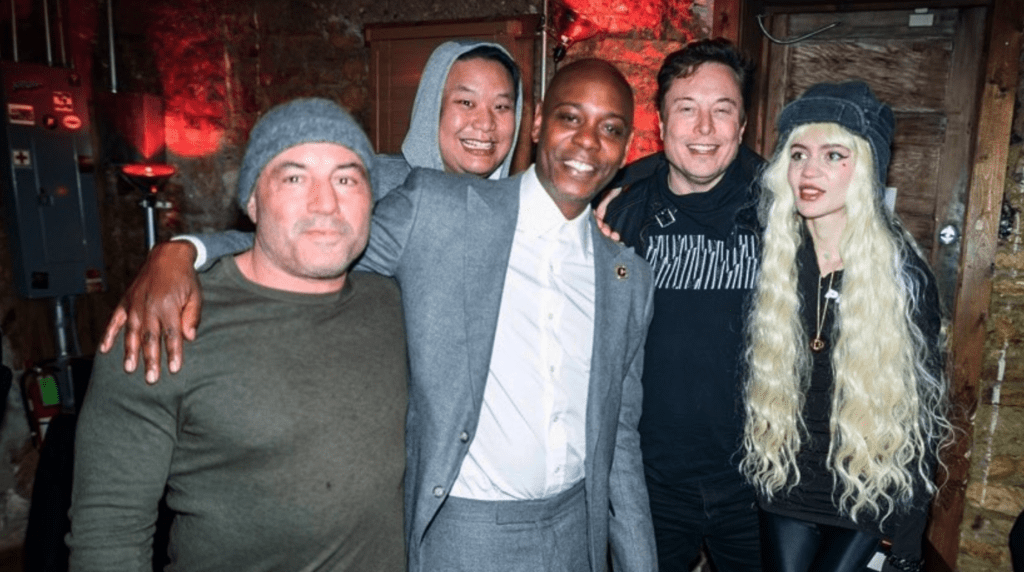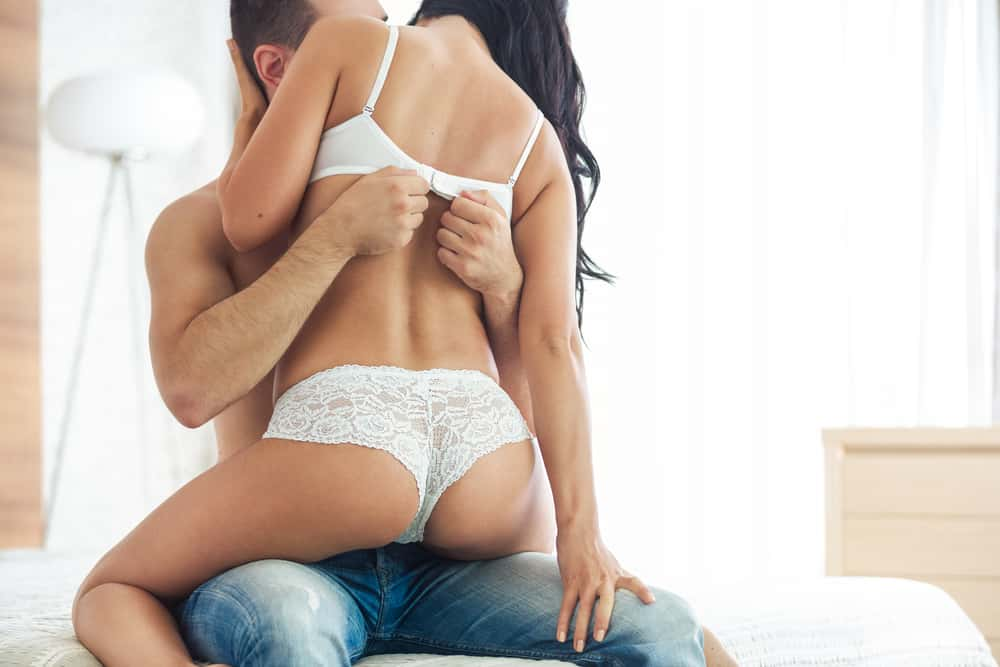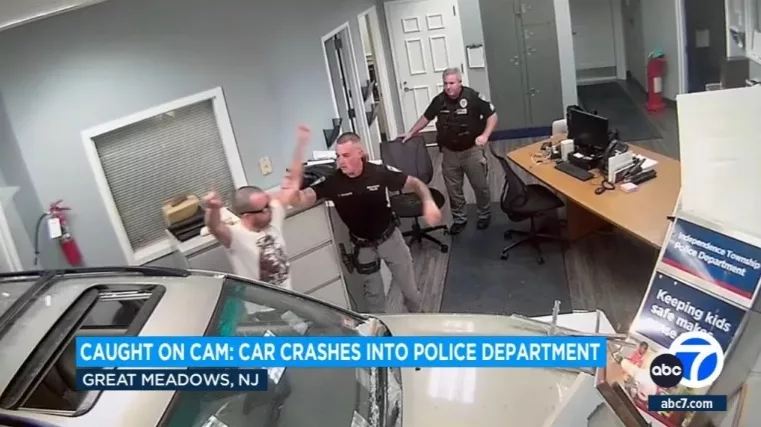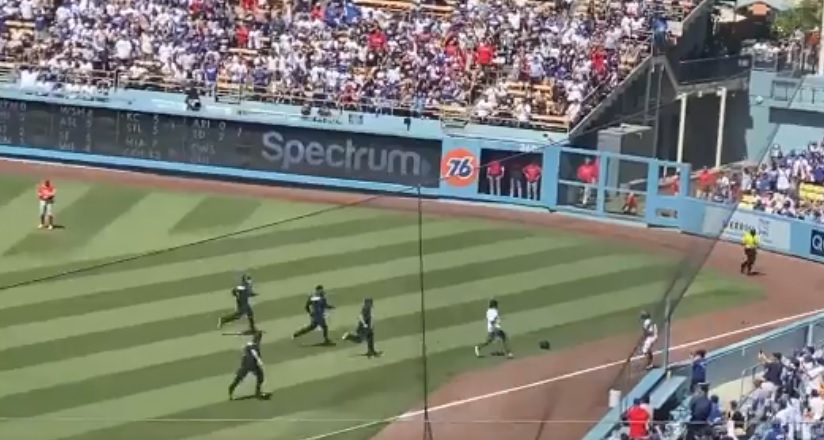photo credit: CK Chin
We first discovered this garbage article (from years ago) repurposed by Business Insider. Since our reading it has been stolen for clicks so why not steal it for ourselves, fck you and fck this guy!
Austin, like California, is not affordable.
The thing that California and Austin definitely have in common is that they’re both very expensive. Austin is not cheap. Let the words sink in. Austin is not cheap, it’s actually quite expensive.
We moved from San Diego in 2015 (owning a 2,000-square-foot house on a 1/3rd acre) looking for a boost in lifestyle. If you’re looking for great schools, the southwest and northwest sectors of Austin are the main options. The only caveat is that NW Austin (Travis County) is some of the most expensive real estate in Texas.
So we bought a 4,000-square-foot house in Bee Cave (an affluent suburb of Austin) with “great schools.” We heard Austin was extremely hot so we got a place with a pool. When you look at a 3D affordability map, these are the factors we discovered people are not taking into account:
- Taxes: We all know property taxes are high in Texas. They actually weren’t that bad for us and ranged from 2% to 3% depending on the neighborhood. We bought a home at 2.1% and, with the homestead exception, were paying at 1.79% (vs. 1.25% in California). Don’t buy at 3%, you won’t be able to sell and your house won’t appreciate.
- Power: Energy is incredibly expensive. You want a big house, and they’re so cheap, but then it costs a fortune to heat and cool. We were paying $400 per month during the summer and winter and we were uncomfortable (our thermostat was set to 79 degrees F in the summer, and 65 degrees F in the winter). To be comfortable would have cost us $700 to $1,000 per month.
- Water: Water is also shockingly expensive. In NW Austin they pump water from Lake Travis, which is only a few miles away, but that doesn’t stop greedy water collectives from shaking you down. We paid $89 per month just for the privilege of being connected to city water (using 0 gallons). And they just jacked that base rate to $97. We had a well for landscape watering, but otherwise our water bill for a young family, watering about 10,000 square feet of grass would have easily been $300 to $400 per month. New sod? Try $1,200 per month, for water. Our water in San Diego (and now San Jose) was cheaper, during a drought, and we got it from like two states away.
- Services: We thought living in Texas, stuff would be cheap, but with so many people moving to Austin, the service industry is in red hot demand. Expensive pool maintenance, expensive landscaping services, expensive home repairs, expensive dining and movies.
- Travel: For reasons described below, most anyone who can leaves Austin for a month or two during the summer to escape the heat. That’s expensive since to get anywhere interesting involves flying and hotel stays. Budget another several thousand dollars per year.
- Weather: Texas weather is hard on houses. Hail storms will ruin your roof, torrential rain and scorpions will get inside. We spent tens of thousands on unexpected home repairs and remediation, and talking to other people, it wasn’t uncommon.
- Finally — key point — lifestyle: Although we doubled the size of our house (and kitchen and yard), we felt more cramped and cooped up in Austin than San Diego or San Jose due to the bad weather and lack of public spaces. A 2,000-square-foot house with a yard in Austin is cheap compared to the same house in San Diego, but offers no where close to the same lifestyle because your yard in San Diego is living space and in Austin it’s not.
1. The weather
Sure, you’ve heard it’s hot and humid, but how bad could it be? It’s just weather, right?
Wrong. First of all, Austin is wet, getting almost 90% as much rain as Portland, Oregon. That sounds great, and the greenery looks great, but it comes at a cost. Expect all of the problems that come with a wet climate: mold, allergies, mosquitoes, and water penetration. And the rain comes in a handful of days, often pouring inches in a single night. More on that later.
Humidity is great for your skin, but causes food to spoil fast, towels to get mildewy and drastically limits the temperature range where you feel comfortable. For me, 32 degrees in high deserts like Nevada or Utah is not that bad, just chipper. 50 degrees in Austin is butt cold, not cozy, snuggle up cold, but annoyingly cold.
And Austin is hot. It’s not California hot, it’s Texas hot. California heat is weak by comparison. In much of California the temperature cools down at night. You can open windows, breathe fresh air, and drastically limit your utility bill. In Austin, it would only get down to a smothering 80 degrees at night during the summer. This means your AC will be running all day and all night. Evening walks are less than refreshing when it’s 11 p.m. and you’re sweating. It’s hard to describe how oppressive it is.
Although we had a huge yard and our own half basketball court, we really only felt like going outside about 3 to 4 months of the year. The rest of the time it was too windy, too hot/cold, too mosquito/horse fly/fire ant ridden or pouring. Often the kids would go outside anyway and come back with heat rashes and bug bites.
Compare this to San Jose or San Diego where you can enjoy being outside pretty much every day (at least during some part of the day).
2. No public land
Think about public land much? Yeah, me neither. On the west coast, we take public land for granted. Soaring Sierra Nevadas, sandy beaches, public space canyons, and even trails along creeks are standard fare in the West — not to mention Yosemite. Not so in Texas.
Because of Texas’ history and lack of natural barriers (mountains, oceans) to settlement, most all of the land around is private and flat or rolling hills. Yes, there is a lot of land in Texas, but it all has barbed wire fences and no trespassing signs on it. Even creeks are parceled up as private property.
So even though Austin is supposed to be outdoorsy, there are very few places to go, and because there is a very limited number of public spaces serving such a large population, good luck getting in.
One example, we drove 90 minutes to visit Enchanted Rock, a granite rock outcropping that would largely go unnoticed on the west coast. We visited on a Saturday and met a 3-mile-long line of cars waiting to get in. Running out of gas, we grabbed lunch at a nearby town and tried again later. No dice, the parking lot was full and closed.
We’ve now christened the site Disenchanted Rock: 3 hours of driving and no hiking. What’s even more annoying is when you consider how much land is in Texas and the state didn’t build a big enough parking lot. We confirmed it was very common not to be able to get into other public attractions on weekends and holidays.
Even our neighborhood creek was divvied up as private property. So much for the kids exploring and catching crayfish.
3. Nowhere to go
Aside from the fact that everything is private, where are you going to go, anyway? There are no snowy mountains, no raging rivers, and no soaring arches. If you live in Austin things don’t change much in a huge 7-hour-drive radius. Since we love the outdoors — exploring, climbing, rafting — Austin was not our cup of tea.
4. Dishonesty
Think about integrity much? I didn’t. I’ve worked with hundreds of companies and thousands of people in California. Sure, there are bad apples, but by-and-large integrity is a default way to treat people here. It’s not even something we talk about. Not so in Austin.
First it was the people we bought the home from. They lied about the cause of a leak, failed to disclose well water quality issues that made us sick, lied about how much stuff cost to repair, etc. But it didn’t stop there.
We hired a guy with a 5-star rating on Yelp to pull up flooded carpet who completely and very obviously busted our closet doors while removing them and never said a word about the damage. Or whose carpet cleaner made a foot long burn mark upstairs and left without a word. Or the mover (also 5 stars on Yelp) we hired who offered to help sell our leather sectional and $600 ping pong table and split the proceeds with us.
We never heard back from him. We’re not holding our breath.
Talking around we realized that our experience wasn’t exceptional. People are used to it there and know to do extra due diligence — more inspections, more testing, more distrust. But for us coming from California, it was a big shock and disappointment, not to mention financial set back.
5. Yelp
Yes, there is good food in Austin, but you can’t trust Yelp to find it because it doesn’t work in Austin.
We drove 40 minutes for good Southern Indian food at a 4.5-star rated establishment. It was one of the worst service experiences of my life. Notice the tear drop stains on this post? In general you couldn’t trust Yelp as much, which was so disconcerting, especially for a new person.
6. Rudeness
I’ll probably take the most heat for this one, but Austinites are rude. We met some amazing people in Austin (like my work colleagues and church congregation) and even bumped into Matthew McConaughey at our kid’s flag football game. There are some very wonderful, friendly people, but we also met more than our share of the others.
Exhibit A was the dad (also at a kids flag football league) wearing the “Don’t move to Austin” t-shirt, a play on “Don’t mess with Texas.” Let me get this straight, I uprooted my family, moved across four states, and that’s the welcome I get? And the worst part of it all is that it’s not even funny. There’s a bumper sticker in the West: “Montana sucks. Tell your friends!” Same message, but with some humor.
And then there are the native Texans, usually older, who stick pretty closely to the stereotypes. I’ve never been told so often what to do and what not to do, and the delivery is in a “this is just the way it’s done” tone that is completely oblivious to any other viewpoints on the matter.
Our friends from Tennessee also confirmed that Austin does not conform to the notion of Southern hospitality, but I will say that most younger Texans were really cool.
Austin drivers are also terrible, I mean, reptilian brain terrible. They don’t yield to pedestrians on crosswalks unless forced, will inexplicably tail gate and illegally pass you on a double yellow just to drive 30 feet in front of you for the next 10 minutes on open roads, and they may be conservative, but not with their horns. I drive all over the country and hands down Austin has the worst and most inexplicable driving I’ve experienced.
The service is also generally awful. Doesn’t matter if it’s a rental car company, a restaurant, you name it. We found a few exceptional waiters and hosts, but Austin is generally the worst service I’ve experienced nationwide. I mean, you’re at the Austin airport with two pieces of luggage and you just ordered 6 items. They don’t even ask if you want a bag, you have to initiate the request, and even then they just hand you the bag.
7. A conservative dystopia
If you ask people from other parts of Texas, they’ll say that Austin is not representative (despite that most people moving to Austin are from Texas) of all of Texas. That is probably true, but here are a number of messed up things about Travis County/NW Austin:
- A lot of the newer developments are built on converted ranch land, which may be distant from other developments. Despite the fact that Texas leads the nation in natural gas production, they don’t mandate that modern utilities be run to these new developments. In one affluent neighborhood, Belterra, the residents are suing the developer for signing a 30 year, auto-renewing contract for captured propane that leaves residents with $600 per month heating bills in the winter. Is this a sick joke? Greed run amok.
- There’s also little public school choice. In California there are charter schools, two day schools, public schools, cash/combo charter school/homeschooling, you name it. In west Austin, just public schools. Don’t know why, but I heard that the high school football industrial complex opposed charter schools.
- And then there’s water, again. Austin will literally have water restrictions in place while it’s flooding. “Can’t you just take some of the water from here and…never mind.” And your Texan neighbors will call you out for having a green lawn, even if you water from a well, which is a possibility they can’t quite seem to imagine.
8. Monoculture
I love getting to know people from other cultures. In California we’ve had Vietnamese neighbors, Iranian neighbors, Filipinos, Palestinians, you name it. We love it.
In parts of Texas it’s not just a monoculture, but a monoculture that doesn’t seem to be aware of it’s own blandness. Think about it, are you ready to have your son judged based on his suitability for a future career in football? Are you ready to network by attending the local high school football game with the guys? Because that’s a thing in Texas.
And it’s not just that. The lack of openness to diverse ideas leaves you with the feeling that you traveled 15 years back in time technologically moving there. They voted out Uber and Lyft and think that’s not a big deal because — wait for it — they have a ride sharing Facebook group. Yeah, that should be great for out of town visitors.
They also don’t have a lot of the options we enjoyed in San Diego like “game-only soccer leagues” for kids. The car washes were lame. You just couldn’t trust things to be as well thought out and executed as in California.
9. Punitive, militaristic schools and sports
We had three kids in the local elementary school, rated 9 out of 10. For sure some of the teachers were excellent and very caring, but the school was run like a micro-managed military academy.
Our kids complained most about the PE and music teachers (aren’t they supposed to be the fun ones?). We heard stories about kids running laps or missing recess just because they didn’t sit “criss-cross applesauce.” Who thought of taking away recess? And it seemed the more ignorant the coach or teacher, the more he insisted on being addressed as “Y’Sir” — which is still the norm, even in Austin.
There was a massive emphasis on conformity that was good for teachers, bad for kids. I went to read to my kindergartner’s class and felt like I’d landed in a dictatorship. They had aides making sure all of the kindergartners faced forward while marching in line to the cafeteria. Kindergartners.
We withdrew our children. Our school may have been particularly bad, but it’s something to look out for.
10. Cedar allergies
There’s a good chance you’ll be sick the whole first year in Austin being exposed to a new set of pathogens. We were, and it’s not uncommon.
Then we heard that after a few years it is also common to develop cedar allergies, if you don’t already have them.
They’re so bad that we knew at least two professionals going through subcutaneous immunotherapy (shots over a period of years) because their allergies were ruining their lives. Allergy treatment centers are very common. There are really only two types of trees in Austin, cedar (really juniper) and oak, so no getting away from the cedar.
11. (I couldn’t stop at 10) Big, luxury home obsession
I’m guessing because of the lack of public land, terrible weather, etc. that Austinites get really into their houses. We saw some unbelievably ornate homes — castle-esque.
And there’s pressure to keep your house immaculate. You can buy a home that is really nice by California standards (updated kitchen, crown moldings) only to find that everyone else’s house is much nicer than yours, which we didn’t care about until we found that no one wanted to buy our less-than-luxurious home.
Moral of the story
It would take a lot of money to buy a “California-like” lifestyle in Austin. If you’re moving to Austin, make sure it’s because of the things that it offers (downtown lifestyle, BBQ, football, live music, nice houses, professional opportunity) and that you won’t miss the things you’re leaving behind (good weather, public spaces, etc.).
It was an expensive mistake, but my family and I now see California in a completely new light. We feel very fortunate to be living in the Bay Area.
You’re welcome.”
Brett Alder is a sales executive working in the semiconductor industry based out of San Jose, CA.
This answer was originally published on Quora by Brett Alder.
PHOTO CRED: CK Chin on Instagram







